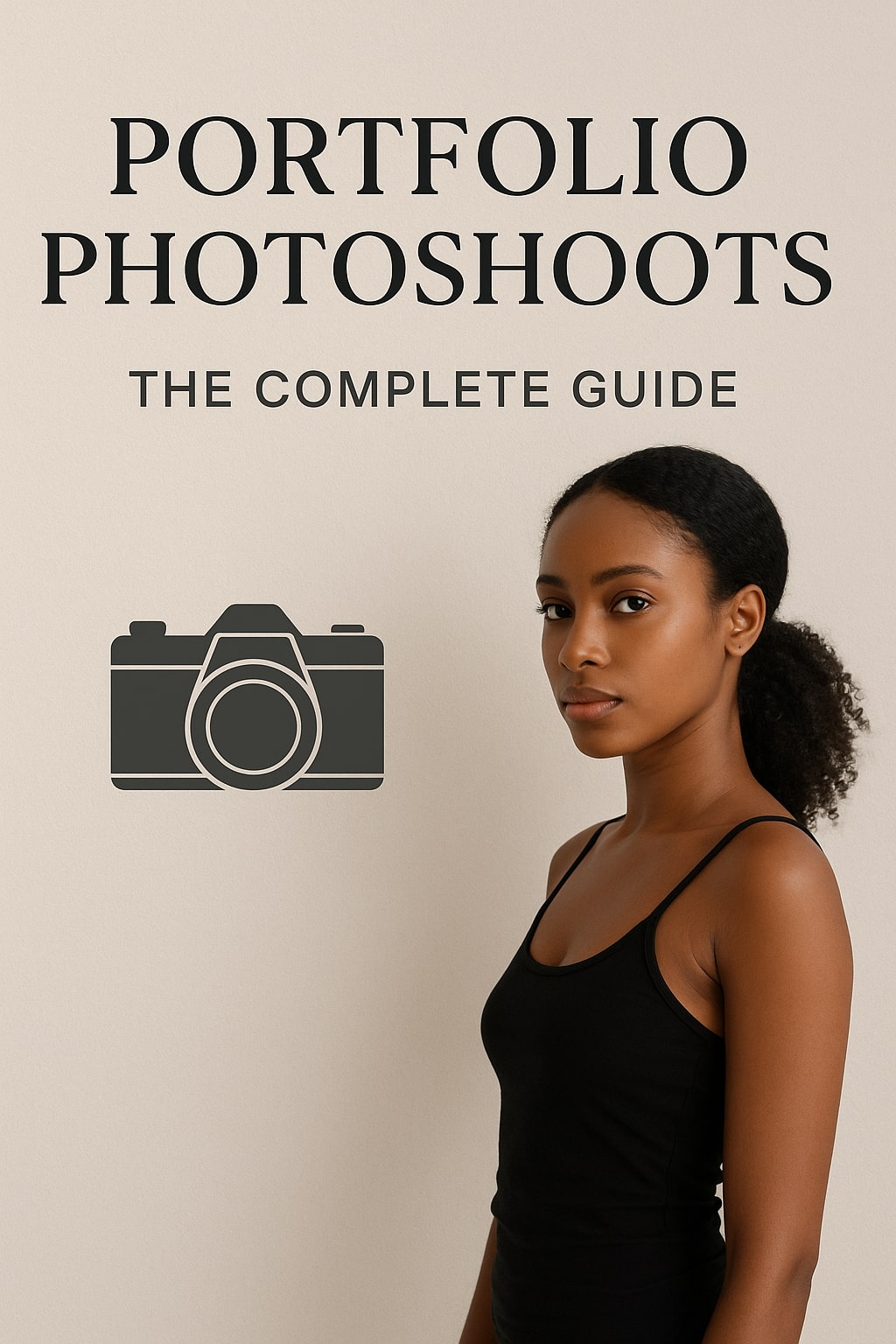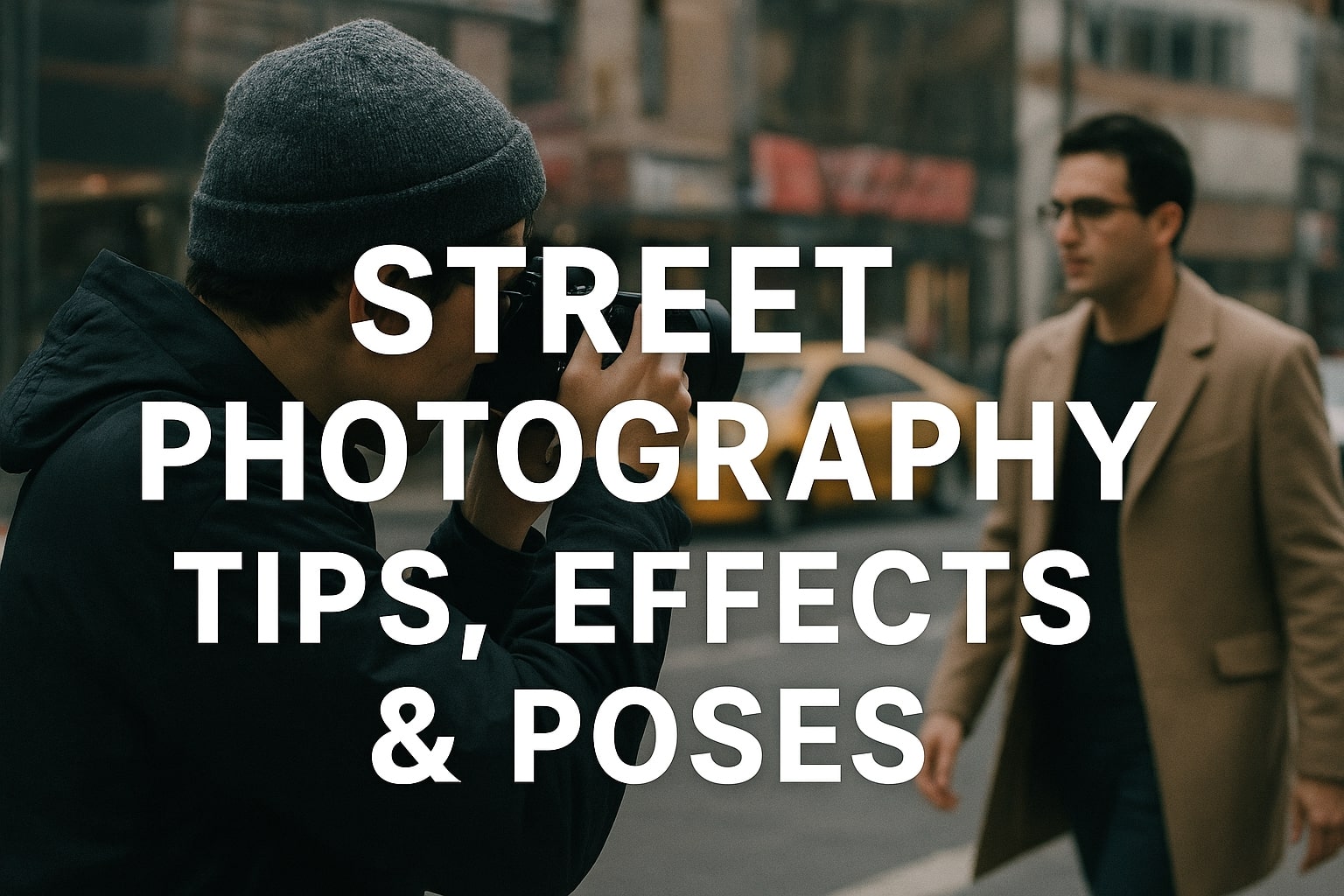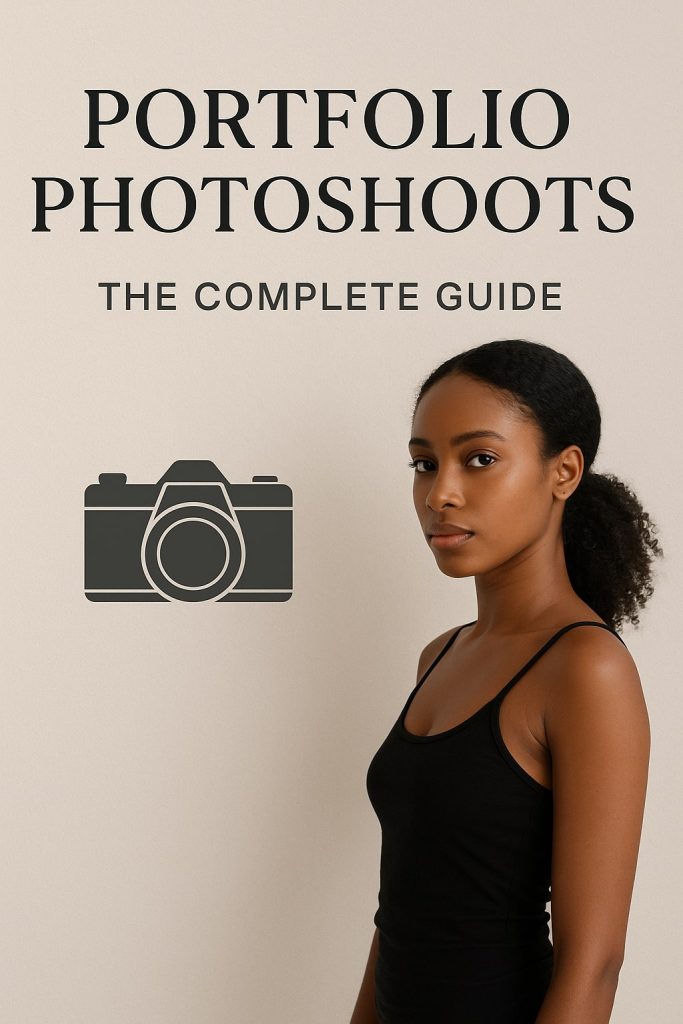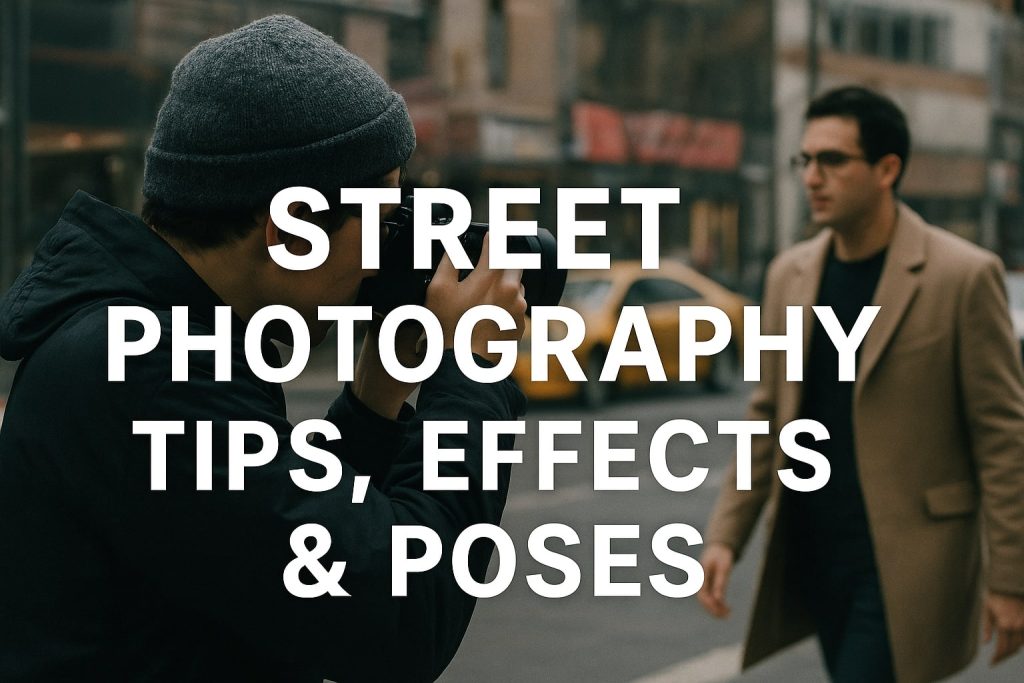In the highly competitive world of eCommerce, product photography is your silent salesperson. It communicates your brand’s value, builds trust, and drives purchasing decisions. However, many brands unknowingly commit errors in their product photography that can hurt their conversions and overall success. Avoiding these pitfalls is essential to stand out in a saturated market. This guide outlines the most common mistakes in eCommerce product photography and provides actionable solutions to help you refine your visual content.
The Importance of High-Quality Product Photography
Before diving into mistakes, it’s essential to understand why product photography plays such a critical role in eCommerce success.
1. First Impressions Matter
Your product photo is often the first interaction a customer has with your brand. A poor-quality image can lead to negative perceptions and missed opportunities.
- Visual Communication: Images speak louder than words and create immediate impressions.
- Brand Representation: Professional photography elevates your brand and signals quality.
2. Impact on Conversion Rates
High-quality photos help increase customer confidence and influence purchase decisions.
- Trust Building: Customers trust what they can see clearly.
- Competitive Edge: Stunning visuals differentiate your products in a crowded marketplace.



Common Mistakes in eCommerce Product Photography
1. Poor Lighting
Lighting is the backbone of photography. Insufficient or inconsistent lighting can make products look unappealing and unprofessional.
- Overexposed or Underexposed Shots: These distort the product’s true colors and details.
- Harsh Shadows: Improper lighting setups can create unflattering shadows that distract from the product.
How to Avoid It:
- Use soft, diffused light to minimize shadows.
- Invest in basic lighting equipment like softboxes or LED panels.
- Shoot near windows for natural light but avoid direct sunlight to prevent overexposure.
2. Inconsistent Backgrounds
Using different backgrounds across product images creates a chaotic and unprofessional look.
- Distracting Elements: Busy or mismatched backgrounds divert attention from the product.
- Brand Inconsistency: Multiple styles dilute brand identity.
How to Avoid It:
- Stick to neutral, solid-colored backgrounds (white is standard).
- Use consistent textures and props for lifestyle shots.
- Edit photos to unify background colors and tones.
3. Ignoring Proper Composition
Bad composition makes products look less appealing and fails to guide the viewer’s eye.
- Cluttered Frames: Too many elements competing for attention.
- Poor Framing: Key parts of the product may be cropped out.
How to Avoid It:
- Follow the rule of thirds for balanced compositions.
- Leave negative space around the product to emphasize it.
- Experiment with angles to showcase the product’s best features.
4. Neglecting Product Details
Online shoppers rely on detailed visuals to make informed decisions. Missing close-ups or failing to highlight unique features can lead to lost sales.
- No Zoomed-In Shots: Customers can’t assess textures or intricate designs.
- Generic Angles: Failing to show multiple views creates uncertainty.
How to Avoid It:
- Capture close-ups to showcase materials, textures, and intricate details.
- Photograph the product from all angles, including the front, back, sides, and top.
5. Overediting Photos
While editing is essential, overdoing it can lead to unrealistic representations of your product.
- Excessive Filters: These can alter the product’s actual color.
- Unnatural Edits: Over-smoothing textures or removing shadows entirely makes images look fake.
How to Avoid It:
- Maintain the product’s authenticity by limiting edits to basic adjustments.
- Use professional editing software like Adobe Lightroom or Photoshop.
- Focus on correcting lighting, sharpness, and minor blemishes.
6. Forgetting About Image Optimization
Unoptimized images can slow down website loading times and hurt user experience.
- Large File Sizes: These increase page load times, leading to higher bounce rates.
- Wrong Formats: Some formats sacrifice quality or compatibility.
How to Avoid It:
- Compress images using tools like TinyPNG or Squoosh without compromising quality.
- Save images in web-friendly formats like JPEG or PNG.
- Add descriptive file names and alt text for better SEO.
7. Lack of Context in Lifestyle Shots
Lifestyle photos are meant to show the product in use, but a lack of context can confuse or mislead customers.
- Irrelevant Settings: The product appears out of place or unrealistic.
- Poor Storytelling: The image fails to convey how the product fits into a customer’s life.
How to Avoid It:
- Use settings and props that align with the product’s purpose.
- Highlight how the product solves a problem or adds value to daily life.
- Include models or hands to demonstrate usability.
8. Inconsistent Product Sizing
If customers can’t gauge a product’s size, they’re less likely to buy or may feel misled upon delivery.
- No Scale Indicators: Size can be hard to judge from images alone.
- Misleading Angles: Certain angles can exaggerate or shrink the product’s size.
How to Avoid It:
- Include a reference object (like a coin or hand) for scale.
- Use consistent framing and proportions across all images.
9. Failing to Showcase Variants
Forgetting to photograph all product variants can frustrate customers.
- No Color Options: Customers want to see every available color or pattern.
- Lack of Customization Previews: Buyers may want to visualize monograms or other customizations.
How to Avoid It:
- Capture each variant of the product, from colors to sizes.
- Use dynamic imagery or 360-degree views for a comprehensive presentation.
10. Overlooking Post-Production Quality Checks
Skipping quality checks can lead to overlooked errors, such as blurry images or color mismatches.
- Unnoticed Defects: Dust, fingerprints, or smudges remain visible.
- Poor Alignment: Crooked shots make products appear unprofessional.
How to Avoid It:
- Review every image for clarity, alignment, and accuracy before publishing.
- Conduct thorough inspections on editing outcomes to ensure consistency.
Best Practices to Elevate Your Product Photography
1. Invest in Training and Tools
Learn basic photography principles and invest in essential equipment like lighting kits and editing software.
2. Create a Style Guide
Develop a visual style guide to ensure consistency across all product images.
3. A/B Test Your Images
Experiment with different styles, compositions, and angles to identify what resonates most with your audience.
4. Stay Updated on Trends
Keep an eye on industry trends to stay ahead of the competition.
Conclusion: Avoiding Mistakes Leads to Better Conversions
Mastering eCommerce product photography requires attention to detail, consistency, and a willingness to learn. By avoiding common mistakes and implementing the solutions outlined in this guide, you can create images that captivate your audience and drive sales.
Great photography doesn’t just sell products; it builds trust, strengthens your brand, and sets you apart from competitors. Start refining your photography process today and watch your eCommerce business thrive.

Mobile Photography Hacks: Candid Moments with Your Phone

Professional Model & Portfolio Photoshoots: Show Your Best Work
-

Street Photography Tips, Effects & Poses – Complete Guide
-

Leica Q2 for Photography: Why It’s Loved by Photographers
Mobile Photography Hacks: Candid Moments with Your Phone
Discover high-impact mobile photography hacks to capture genuine, gorgeous candid moments with your phone. Learn practical tips, composition secrets, and pro techniques to turn everyday scenes into stunning visual stories. Introduction: The New Age of Mobile Photography Photography has evolved beyond heavy cameras, technical jargon, and expensive equipment. Today, the power to capture extraordinary moments
Professional Model & Portfolio Photoshoots: Show Your Best Work
” Discover how to plan, style, and execute stunning portfolio photoshoots that showcase your skills, personality, and versatility. This comprehensive guide covers professional tips, posing ideas, gear suggestions, and industry insights for models and photographers.” Introduction – Why Portfolio Photoshoots Are the Cornerstone of a Photographer’s Career A well-crafted portfolio photoshoot is more than a
Street Photography Tips, Effects & Poses – Complete Guide
Discover the ultimate guide to Street Photography with expert tips, creative effects, and dynamic poses. Learn how to capture authentic urban moments, master composition, and tell powerful visual stories through your lens. Article Outline 1. Introduction to Street Photography Street Photography is more than just taking pictures of people in public spaces — it’s about
Leica Q2 for Photography: Why It’s Loved by Photographers
Introduction: The Cult Status of the Leica Q2 The Leica Q2 is not just a camera—it’s a statement. Combining the heritage of German precision engineering with modern digital excellence, it holds a special place in the hearts of professional and passionate photographers alike. With its full-frame sensor, prime Summilux lens, and minimalist design, the Q2
Top Cameras Under ₹1 Lakh for Freelance Photography
Freelance photography is no longer a niche—it’s a booming creative profession that demands not only vision and hustle but also the right gear. Your camera isn’t just a tool; it’s your storytelling partner. If you’re a freelance photographer aiming to balance performance, versatility, and budget, investing in a cameras under ₹1 lakh can offer the
Top Features of Nikon D850 That Make It Ideal for Photoshoots
Explore the top features of the Nikon D850 that make it a powerhouse for photoshoots. From exceptional resolution to dynamic range, this detailed Nikon D850 guide is built for professional and aspiring photographers. 1. Introduction When Nikon launched the D850, it quickly earned a reputation as a flagship DSLR that redefined what photographers could expect





